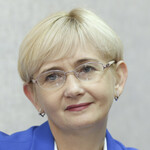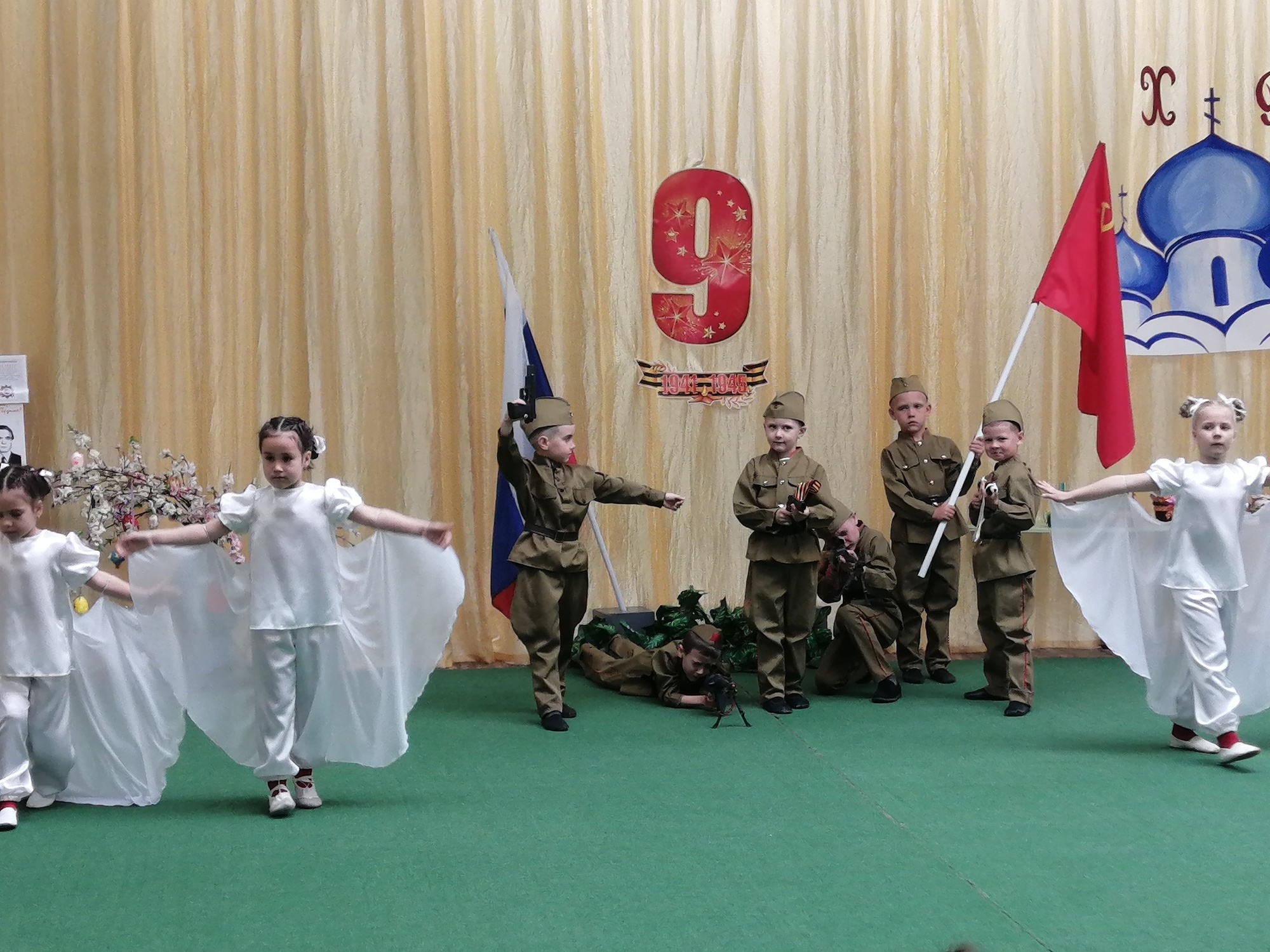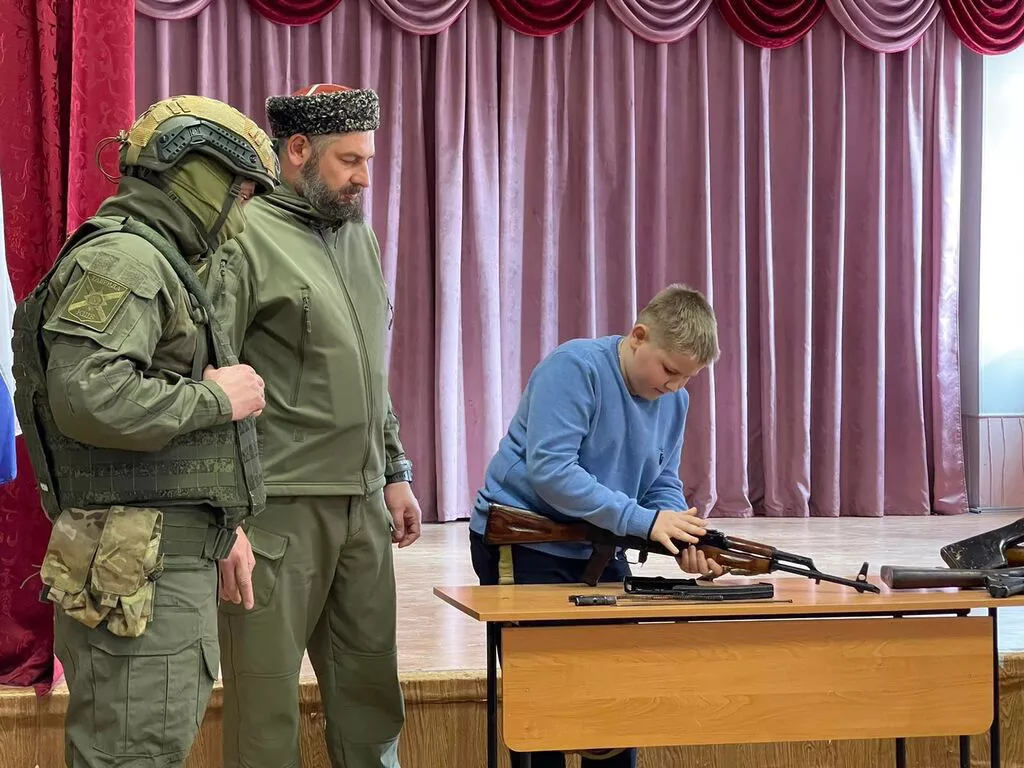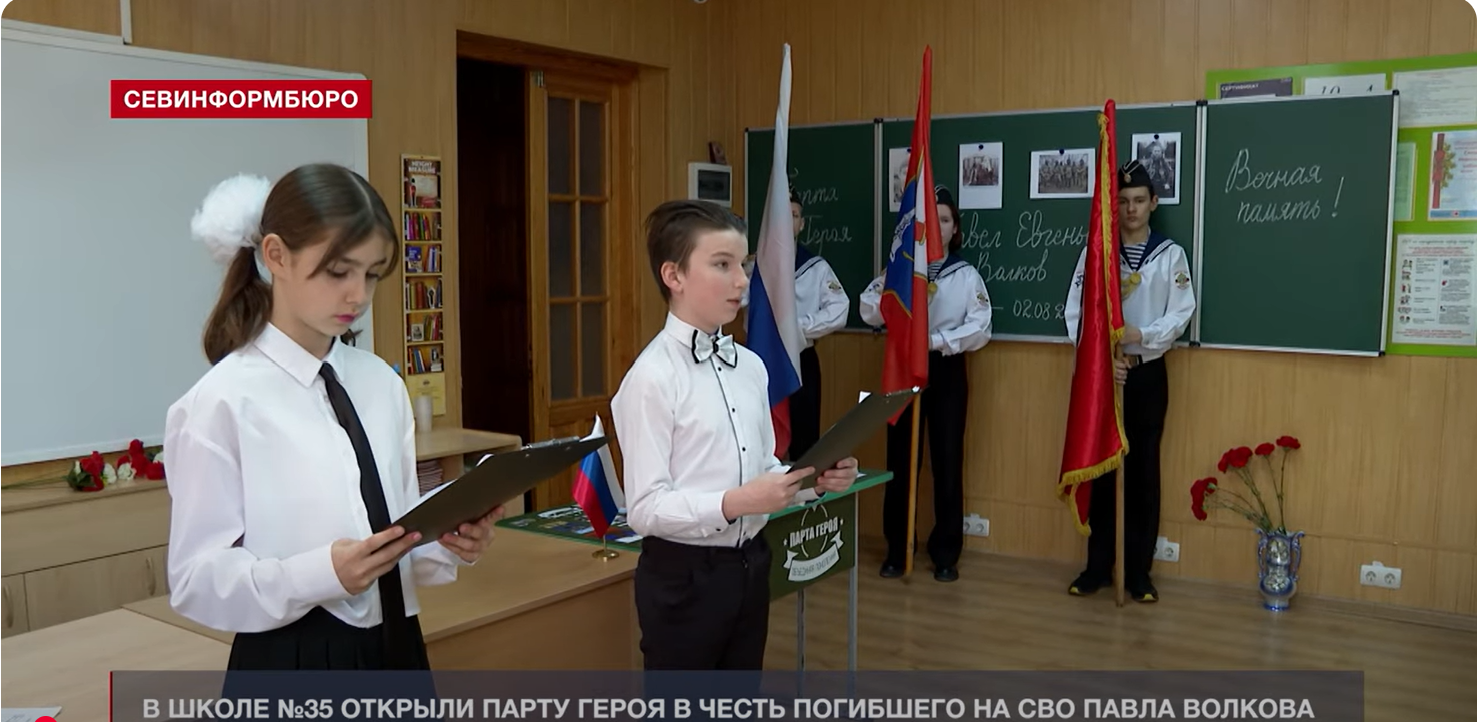Russian Educational Weapons In Crimea
The Crimean peninsula has been under occupation for eleven years. During this time, the Russians have managed not only to turn it into a powerful military foothold but also to radically change the Crimean educational paradigm, which since 2014 has been focused on the formation of “true Russian patriots” and “obedient citizens” who must support any Kremlin policy. That is why the ideological indoctrination of young Crimeans begins in kindergartens and continues at all educational levels. That said, with the beginning of the full-scale aggression against Ukraine, education has become a real weapon for the Russians.
Patriotic canons and “historical truth”
At the end of 2014, the Concept of Patriotic and Spiritual and Moral Education of the Population in the Republic of Crimea was adopted in the temporarily occupied peninsula, which was primarily focused on the role of education in fostering a sense of patriotism among Crimean children and youth. The main areas of patriotic education were defined as: the use of historical heritage; promotion of Russian values; integration of youth into public life through participation in volunteer activities (in particular, through cooperation with various organizations).
The implementation of this concept involved a radical change in the historical component of education. In the 2014/2015 school year, Crimean students began their studies according to Russian standards, which were supposed to change their perceptions of historical events, especially those related to modern history. Thus, Russia’s annexation of the peninsula is presented as a “reunification with Russia” that occurred through the “expression of the will of the Crimeans” as a result of “the change of power in Ukraine, which threatened the Crimeans with oppression.” The methodological recommendations suggested reinforcing these statements with Putin’s expressions about Crimea’s “original Russian status” and insisting that the “Crimean spring” freed Crimeans from the “oppression of Ukrainization.”
The transition to the Russian historical paradigm contributed to the publication of a rather odious textbook History of Crimea for 10th grade students, which de facto repeated Stalin’s accusations of the Crimean Tatar people of “aiding the Nazis.” For example, there was a statement that it was representatives of the Crimean Tatars who greeted the Nazis with flowers and wine, and later joined the collaboration with the Nazis more actively than other peoples of the peninsula. Despite the fact that the textbook was withdrawn from use, its content remains popular not only among ordinary Crimeans but also among those who are considered scholars. Undoubtedly, branding people as traitors helps the current Russian authorities to carry out political persecution of Crimean Tatars.
The outright hatred of Ukraine is demonstrated by a new Russian high school textbook written by former Russian Education Minister Vladimir Medinskiy, which identifies Ukraine as an “ultranationalist state,” which in Russian interpretation is actually equal to Nazism. Consequently, Russian aggression against Ukraine is justified by the “need to protect Russia,” and the annexation of Crimea in 2014 is justified as a preventive measure against NATO, which planned to “deploy its bases instead of the Russian Black Sea Fleet.” In the end, the textbook definitively argues for the denial of Ukraine’s agency, starting with the description of “Ukraine as an anti-Russian project of the Austrian General Staff” and ending with “the West’s control, which, with the help of NATO advisers, pushed Ukraine to attack Russia.” All of this is intended to shape Crimean children’s understanding of Ukraine as a hostile state that has no right to exist.
Militarized education
The historical background becomes the basis for the implementation of practical steps, the key of which is to increase children’s motivation to sign up for military service. This is the goal of the law “On Patriotic and Spiritual and Moral Education” adopted in Crimea at the end of 2022. Thus, militarization is becoming one of the most important areas of Russian educational policy on the peninsula. In kindergartens, children take part in military performances: dressed in military uniforms with toy guns, kids demonstrate the “war against the fascists,” the naming Russians use to describe Ukrainian soldiers defending their own land.
Since the first years of the occupation, military training classes, characteristic of Soviet education, have been returning to Crimean schools, where teenagers are taught how to handle weapons. Children are involved in the preparation of thematic events for Russian military holidays: February 23 (Defender of the Fatherland Day) and May 9 (Victory Day). Meetings with veterans are becoming regular, with participants of the Soviet invasion of Afghanistan and the war in eastern Ukraine replacing World War II veterans. Today, they have been replaced by “heroes of the special military operation” who tell children about their own “exploits” in the fight against the “Ukranian Nazis.”
The glorification of the Russian military is becoming another key area of Russian educational policy in Crimea: memorial plaques are installed at schools for the invaders, and “heroes’ desks” are unveiled, which become part of school history. Children begin to believe in fake stories about fake heroes who are supposed to be “examples of courage and heroism.”
Unlike general education schools, militarization of consciousness becomes decisive in special military educational institutions. During the occupation, several such institutions were opened in Crimea (in Sevastopol, Simferopol and Alushta), along with more than 240 cadet classes in regular schools. Over the past eight years, the number of these classes has seen a 16-fold increase, demonstrating the Russian authorities’ desire to train as many soldiers as possible for future wars. In recent years, cadet groups have even been opened in kindergartens.
Various movements aimed at the widest possible involvement of children and adolescents play an important role in the imposition of “Russian values” and the militarization of Crimeans. For example, the Eaglets (Orlyata) are targeting primary school, while the First (Pervyye) and the Young Army Cadets National Movement (Yunarmiya) are aimed at children aged 11 and older. While Yunarmiya is more focused on military training (extracurricular activities, summer camps and drone assembly), the First is more focused on volunteer activities (“Putin’s pioneers”). All of this is fully consistent with the principles of patriotic education, as a result of which Crimean children should not only become patriots of the imposed homeland but also grow up to be obedient supporters of the Russian regime.
Higher Education: Science and Education at the Service of the “special military operation”
Crimean higher education has undergone serious transformations: after the occupation, seven higher education institutions of the Autonomous Republic of Crimea were merged into one, the Vernadskiy Crimean Federal University, where there was no place for the Faculty of Ukrainian Philology and Ukrainian Studies, which was liquidated in the summer of 2014.
Over these ten years, the federal university has gone through several transformations. One of them occurred with the Faculty of Slavic Philology and Journalism, which opened the Institute of Media Communications, Media Technologies and Design (abbreviated as IMMD in Russian) under the leadership of the famous Crimean propagandist Aleksandr Mashchenko. In 2024, the Security Service of Ukraine notified him of suspicion for justifying Russia’s war against Ukraine.
To promote the work of war correspondents, the IMMD launched a series of video lectures “History of War Journalism,” which is opened by Lev Tolstoy and closed by Ukrainophobes Zakhar Prilepin and Alexander Kots. These individuals, according to the authors, should serve as an example for modern Crimean journalism students.
In 2024, the IMMD will present a film with the eloquent title “And what is destined for everyone shall be accomplished. University in the ‘special military operation’: two years on the educational front.” This propaganda piece tells us about the assistance of Crimean scholars and students to the frontline: “have collected tens of tons of humanitarian aid, written hundreds of letters, donated liters of blood for the wounded and regularly give concerts for the Russian military.” All of this is meant to forge an inextricable link between the current Russian aggression against Ukraine and the Soviet-German war of 1941–1945 in the minds of Crimeans, and the federal university is supposed to demonstrate “unity of front and rear” in the fight against “neo-Nazism,” which, according to propaganda myths, is embodied by Ukraine. These statements are presented by the acting rector of the Crimean Federal University, V. Kuryanov, who notes that the university “actively joined the war against Ukraine,” which “turned from a flourishing Soviet republic into a den of Nazism.”
This “involvement” comes down not only to material and moral support but also to active participation in the training of military personnel, which is carried out by the university’s Military Education Center, training soldiers, sergeants and reserve officers and combat medics. The Center for Unmanned Aircraft Systems, established after the outbreak of the full-scale war, opened courses to train UAV operators in Simferopol and Yalta, ostensibly for civilian purposes, to help “patrol Crimean streets and parks.” But later, instead of schoolchildren, the classes were attended by fighters of the “special military operation.” In addition, the UAV Center is establishing cooperation with schools, trying to introduce new technologies into the educational process in a game format, which should increase students’ interest in military training. This will not only help to develop military skills in teenagers but will also “promote strategic thinking and teach teamwork,” which is “extremely important for the Ukrainian Armed Forces.”
Nelson Mandela once said that education is a powerful tool that can be used to change the world. Undoubtedly, he dreamt of change for the better. Russia, on the other hand, uses education as a tool to train soldiers for the Kremlin’s current and future wars to get a “place in the sun.”
Please select it with the mouse and press Ctrl+Enter or Submit a bug















 Login with Google
Login with Google